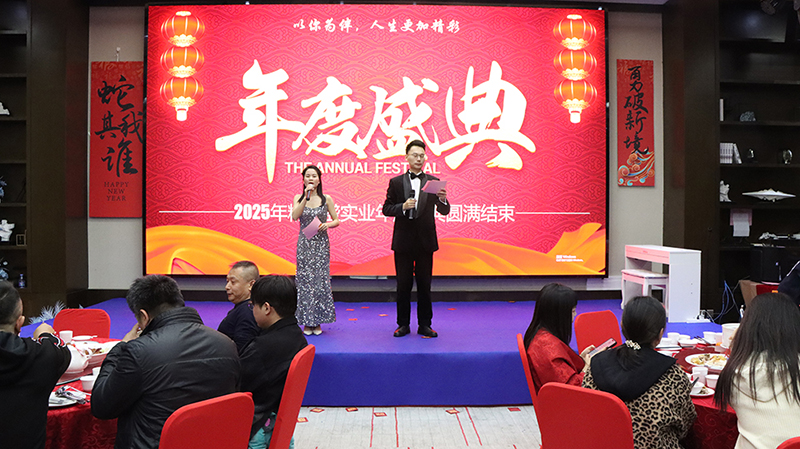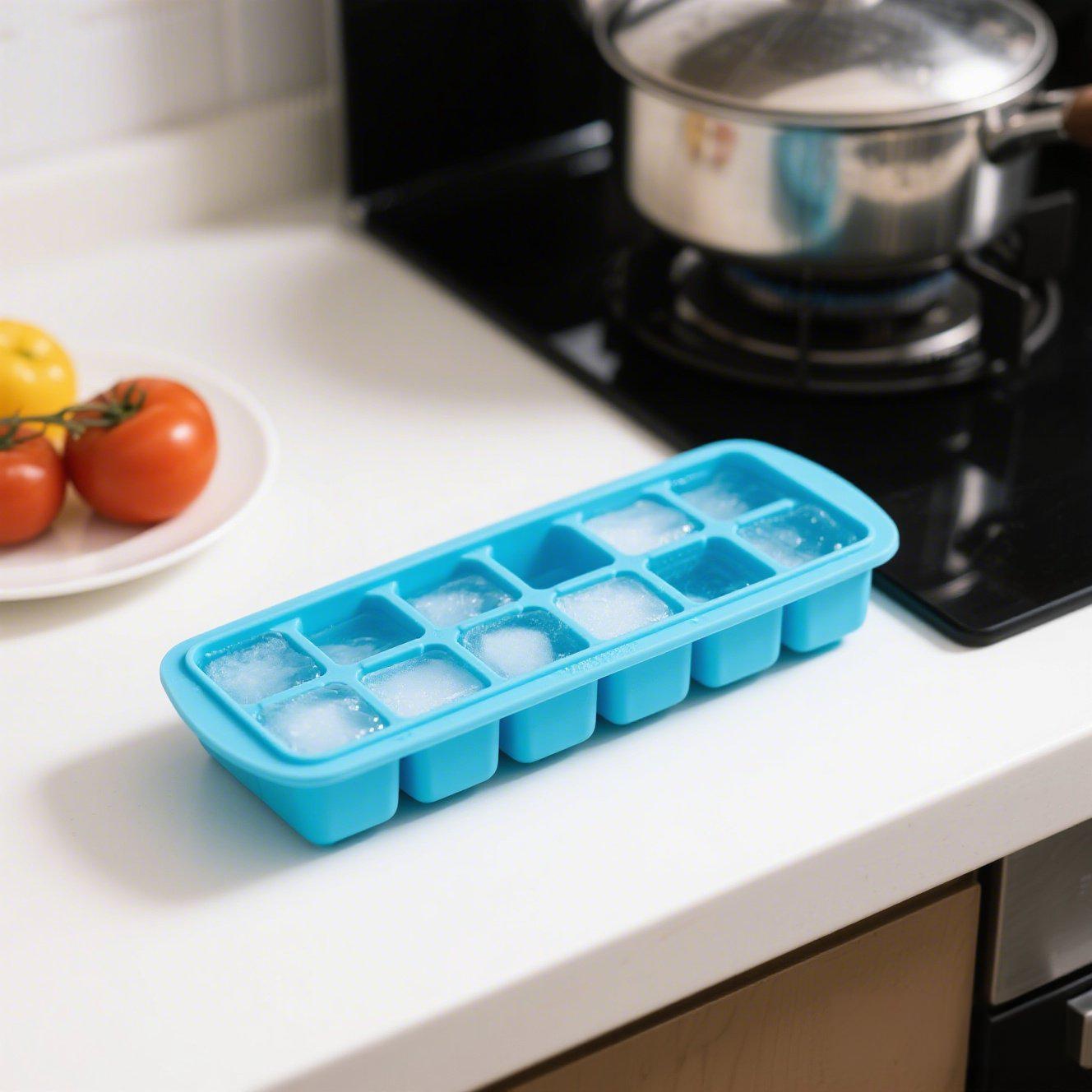Zawartość
Silikonowe pojemniki na lunch stają się coraz bardziej popularne ze względu na ich trwałość, bezpieczeństwo i wszechstronność. Jednak, jak każdy produkt, mają one swój udział w wyzwaniach. Jako profesjonalny producent omówię typowe bolączki silikonowych pojemników na lunch i sposoby, w jakie producenci mogą im zaradzić, aby zwiększyć zadowolenie klientów.
Usuwanie bolączek silikonowych pudełek na lunch w celu zwiększenia zadowolenia klientów
1. Pudełko na lunch prawie się nie zamyka
Jedną z najczęstszych skarg jest trudność w zamykaniu silikonowych pojemników na lunch. Klienci mają trudności z zatrzaśnięciem pokrywek. Aby rozwiązać ten problem, producenci powinni udoskonalić mechanizmy zamykania, zapewniając łatwe otwieranie i zamykanie pokrywek. Można to osiągnąć dzięki dostosowaniom inżynieryjnym i rygorystycznym testom podczas fazy prototypowania.
2. Pudełko na lunch jest łatwe do złamania
Trwałość to kolejna istotna kwestia, zwłaszcza gdy pokrywy zaczynają tracić swoje dopasowanie po kilku użyciach. Wysokiej jakości materiały silikonowe i ścisłe środki kontroli jakości mogą pomóc zapewnić, że pojemniki na lunch pozostaną funkcjonalne nawet po długim okresie użytkowania.
3. Pudełko na lunch ma silny zapach
Silny chemiczny zapach może być odstraszający dla użytkowników. Aby złagodzić ten problem, producenci powinni pozyskiwać surowce od renomowanych dostawców, którzy przestrzegają surowych norm bezpieczeństwa. **Jednym ze skutecznych rozwiązań jest wtórna wulkanizacja**, w której gotowe produkty silikonowe są umieszczane w piecu i pieczone w temperaturze 200 stopni Celsjusza przez około dwie godziny. Proces ten pomaga zredukować wszelkie pozostałości zapachów i zapewnia, że produkty spełniają najwyższe standardy bezpieczeństwa.
4. Wzmocnienie kontroli jakości
Uszkodzone wieczka i inne wady mogą znacząco wpłynąć na wrażenia użytkownika. Utrzymanie stałej jakości w całym procesie produkcyjnym ma kluczowe znaczenie. Obejmuje to regularną kalibrację maszyn, szkolenie pracowników w zakresie prawidłowych technik obsługi i przeprowadzanie dokładnych kontroli na każdym etapie produkcji.
5. Optymalizacja projektu pod kątem zwiększonej przepustowości i bezpiecznego zamknięcia.
Niektórzy klienci uważają, że nie mogą napełnić swoich pudełek na lunch bez narażania zamknięcia. Niezbędne jest przeprojektowanie wewnętrznej struktury, aby zapewnić więcej miejsca przy jednoczesnym zachowaniu bezpiecznego uszczelnienia. Może to obejmować stworzenie bardziej elastycznych przegródek lub dostosowanie grubości ścianek, aby zapewnić dodatkową przestrzeń bez poświęcania integralności strukturalnej.
Wskazówki dla konsumentów:
Przy wyborze silikonowy pojemnik na lunchKonsumenci powinni szukać produktów, które
- Są wykonane z wysokiej jakości silikonu spożywczego.
- Posiadają hermetyczne uszczelki zapobiegające wyciekom.
- Oferują łatwe w użyciu mechanizmy zamykania.
- Są wolne od BPA i nie zawierają szkodliwych substancji chemicznych.
- W zestawie znajdują się jasne instrukcje dotyczące pielęgnacji i konserwacji.
![]()
![]()
W JEWELIVES jesteśmy zaangażowani w rozwiązywanie tych typowych problemów i dostarczanie naszym klientom najlepszych możliwych silikonowych pojemników na lunch. Dzięki rygorystycznym testom, innowacyjnemu projektowi i przestrzeganiu najwyższych standardów jakości zapewniamy, że każdy silikonowy pojemnik na lunch JEWELIVES spełnia i przekracza oczekiwania. Dążymy do ciągłego doskonalenia i innowacji, dzięki czemu jesteśmy najlepszym wyborem dla trwałych, bezpiecznych i wszechstronnych silikonowych pojemników na lunch na całym świecie. Wybierz JEWELIVES, aby otrzymać pudełko na lunch, które nie tylko spełnia, ale także poprawia codzienną rutynę, i dołącz do nas w naszej misji, aby posiłki były dziecinnie proste.



